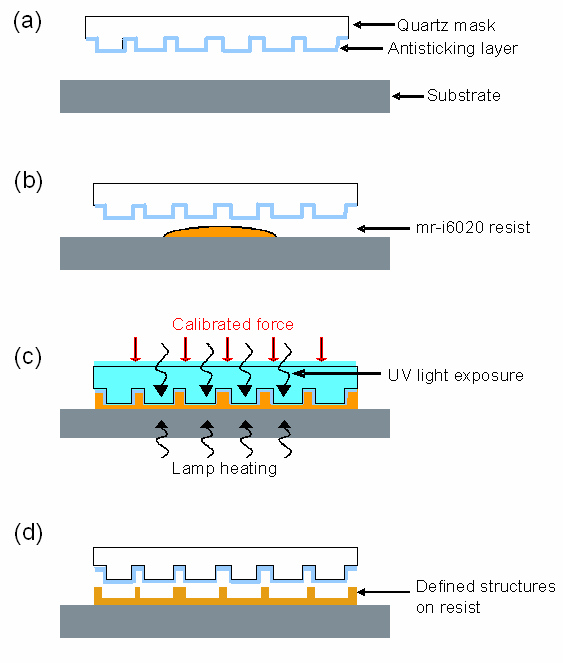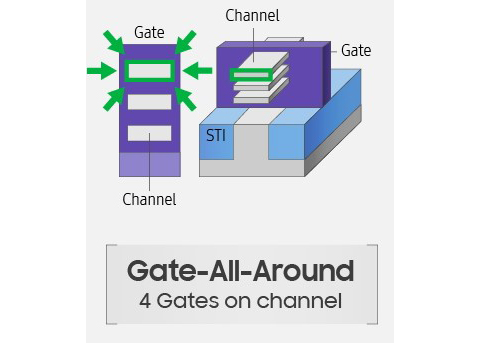
Ultraviolet nanoimprint lithography (UV-NIL) is a method of creating patterns at the nanoscale with widespread applications in optoelectronics, photonics, and biology due to its low cost and scalability.
However, current UV-NIL resolution is limited below 10 nm, and higher resolutions require a better understanding of the UV-NIL process.
The researchers have used simulations to unveil molecular properties essential for fine UV-NIL patterning at higher resolutions.
While UV-NIL is a well-explored technique, with simulations providing deep insights into the process, it is still limited to resolutions below 10 nm.
This is because resolutions below 10 nm require an understanding of material features at atomic scales. Unfortunately, such feature cannot be explored with traditional simulations, which assume matter to be continuous.
While previous studies have looked at polymer-size effects on UV-NIL, behaviors of the short-chain resist molecules during the filling process remain unclear.
To address this issue, a research group led by Associate Professor Tadashi Ando from Tokyo University of Science (TUS), Japan, performed molecular dynamics (MD) simulations to elucidate the molecular features that govern the filling process at nanoscales.
The researchers simulated the process of the filling of 2-nm and 3-nm mould trenches for four different resists, namely N-vinyl-2-pyrrolidone (NVP), 1,6-Hexanediol diacrylate (HDDA), Tri(propylene glycol) diacrylate (TPGDA), Trimethylolpropane triacrylate (TMPTA), and 2,2-Dimethoxy-2-phenylacetophenone (DMPA). Of these, HDDA, NVP, TPGDA, and TMPTA were photopolymers while DMPA was a polymerization initiator. Specifically, the team explored the effects of compositions and viscosities of these molecules on the UV-NIL filling process.
The simulation results showed that HDDA, NVP/TPGDA/TMPTA, and TPGDA with viscosities lower than 10 mPa.s were able to fill the 2-nm and 3-nm trench widths, while the more viscous and bulkier TMPTA could not,” says Ando.
Specifically, molecules with viscosity higher than 92 mPa.s could not fill the trenches. Additionally, the researchers compared the two linear-shaped photopolymers, HDDA and TPGDA.
The simulations revealed that TPGDA was relatively more flexible, making it more likely to undergo intramolecular crosslinking during UV-curing.
Furthermore, these simulation results were in good agreement with empirical rules derived from experiments.
With these insights, the researchers are excited about the future prospects of UV-NIL. “The findings of our study could provide us useful information for guiding the future selection and design of optimized resists for fine nanopatterning at sub-10 nm resolution with UV-NIL,” says Ando.
For more information see www.mdpi.com/2079-4991/12/15/2554







